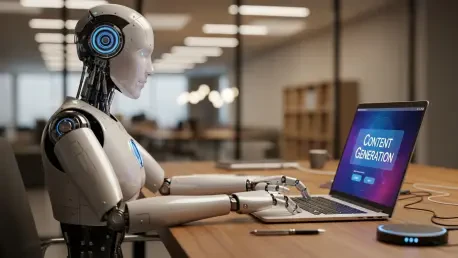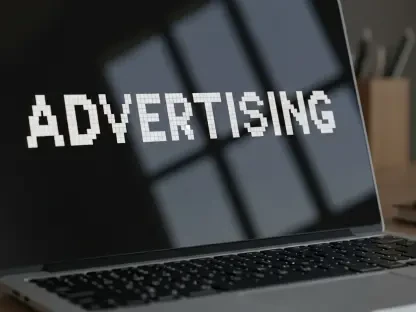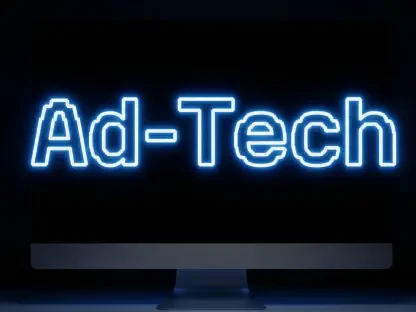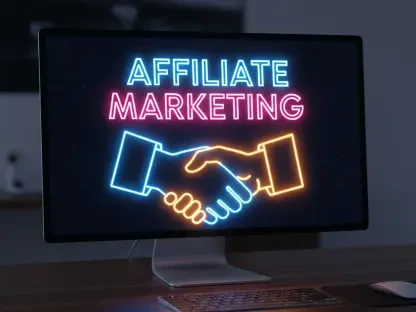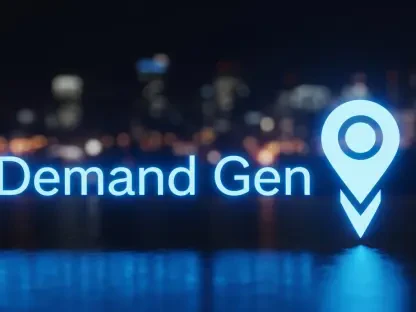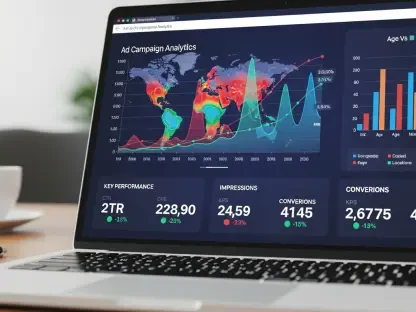Dive into the world of digital marketing with Anastasia Braitsik, a global leader in SEO, content marketing, and data analytics. With her finger on the pulse of industry trends, Anastasia has mastered the art of blending AI tools with authentic human connection to create content that resonates. In this interview, we explore her insights on navigating the unease some audiences feel toward AI-generated content, striking a balance between technology and authenticity, and the ethical challenges of AI in marketing. She also shares practical strategies for infusing personality into AI-assisted work and the critical role of human oversight in maintaining originality.
What’s your perspective on the unease some audiences feel when they encounter AI-generated content?
I’ve definitely noticed this reaction, often called the “AI ick,” among audiences and even some clients. It’s that gut feeling when content feels too polished or robotic, lacking the warmth or quirks of human writing. People can often sense when something is overly formulaic or misses the emotional depth they crave. I think it comes down to specific traits like repetitive phrasing or a lack of personal storytelling. AI tends to play it safe, sticking to predictable patterns, and that can make readers feel like they’re interacting with a machine rather than a person.
How do you strike a balance between leveraging AI tools and ensuring content feels authentic and human?
For me, AI is a starting point, not the finish line. I use it mostly for brainstorming ideas or creating rough drafts—things like outlines or keyword suggestions. But the real magic happens when I step in to add a personal touch. I rewrite sections to reflect my voice, weave in real-life experiences, or tweak the tone to match the audience’s vibe. It’s about using AI as a tool to save time, while always ensuring the final piece feels like it came from a human heart and mind.
Can you walk us through a time when you added emotional depth or storytelling to AI-assisted content?
Absolutely. I once worked on a blog post where AI generated a pretty dry list of tips for small business owners. It was accurate but lacked soul. So, I layered in a short story about a local shop owner I know, detailing their struggles and small wins. I also sprinkled in some light humor about the chaos of entrepreneurship. Those personal elements made the piece relatable and engaging. I find that anecdotes or even a conversational tone work best to connect with readers, and I always double-check that they feel organic by reading the content aloud to catch any forced vibes.
What’s your approach to editing AI-generated content to make it sound more natural and less mechanical?
My editing process is all about breaking the robotic mold. I focus on varying sentence structure—AI often sticks to similar lengths or formats, so I mix it up with short, punchy lines and longer, reflective ones. I also add casual language or idioms that AI might skip. To spot those telltale AI patterns, like overused phrases or predictable transitions, I read the text with fresh eyes after a break. If something feels too cookie-cutter, I rewrite it to sound like a conversation you’d have over coffee.
How do you think over-reliance on AI could impact creativity in digital marketing?
Overusing AI can definitely dull creativity if you’re not careful. I’ve seen cases where brands lean too heavily on it and end up with content that’s just bland—think generic blog posts that could apply to any company. It lacks a unique perspective. To keep that creative spark alive, I set boundaries, like limiting AI to specific tasks and always challenging myself to add something original. I also make time for brainstorming sessions without tech, just to let raw ideas flow naturally.
What role do you believe human oversight plays in the realm of AI-driven content creation?
Human oversight is non-negotiable. There are areas where humans are still irreplaceable—like crafting hooks that grab attention or ensuring the content is factually and culturally accurate. AI might miss nuances or unintentionally introduce bias, so a human eye is critical. I guide my team to listen for robotic tones by encouraging them to read content out loud and ask, “Does this sound like me talking?” We also prioritize workshops on voice and storytelling to keep our output authentic.
Have you explored using multimedia or interactive elements to enhance AI-generated content?
Yes, I’ve found multimedia to be a game-changer. For instance, pairing AI-written articles with short videos or infographics can add depth and visual appeal. I’ve also used polls or quizzes on social platforms to make the content more engaging. These elements help break the flatness of text-heavy AI output by creating a more dynamic experience. They give readers something to interact with, which builds a stronger connection than words alone often can.
What ethical considerations do you think are important when using AI in marketing content?
Ethics are huge in this space. One big concern is transparency—readers deserve to know if content is heavily AI-generated, especially in sensitive areas like reviews or testimonials. There’s also the risk of eroding trust if content feels deceptive or lacks originality. Plus, overusing AI can contribute to audience fatigue, where everything starts to look and sound the same. I think we have a responsibility to balance efficiency with integrity, ensuring we’re still delivering value and not just churning out content for the sake of volume.
What is your forecast for the future of AI in digital marketing over the next few years?
I see AI becoming even more dominant in content creation by 2025, especially for tasks like data analysis and initial drafts. But the real winners will be those who master human-AI collaboration. Brands that invest in training their teams to refine AI output, maintain a unique voice, and prioritize authenticity will stand out. I believe we’ll see more tools designed to detect and eliminate that “AI ick,” but ultimately, success will come down to marketers who use AI to amplify their creativity, not replace it.
